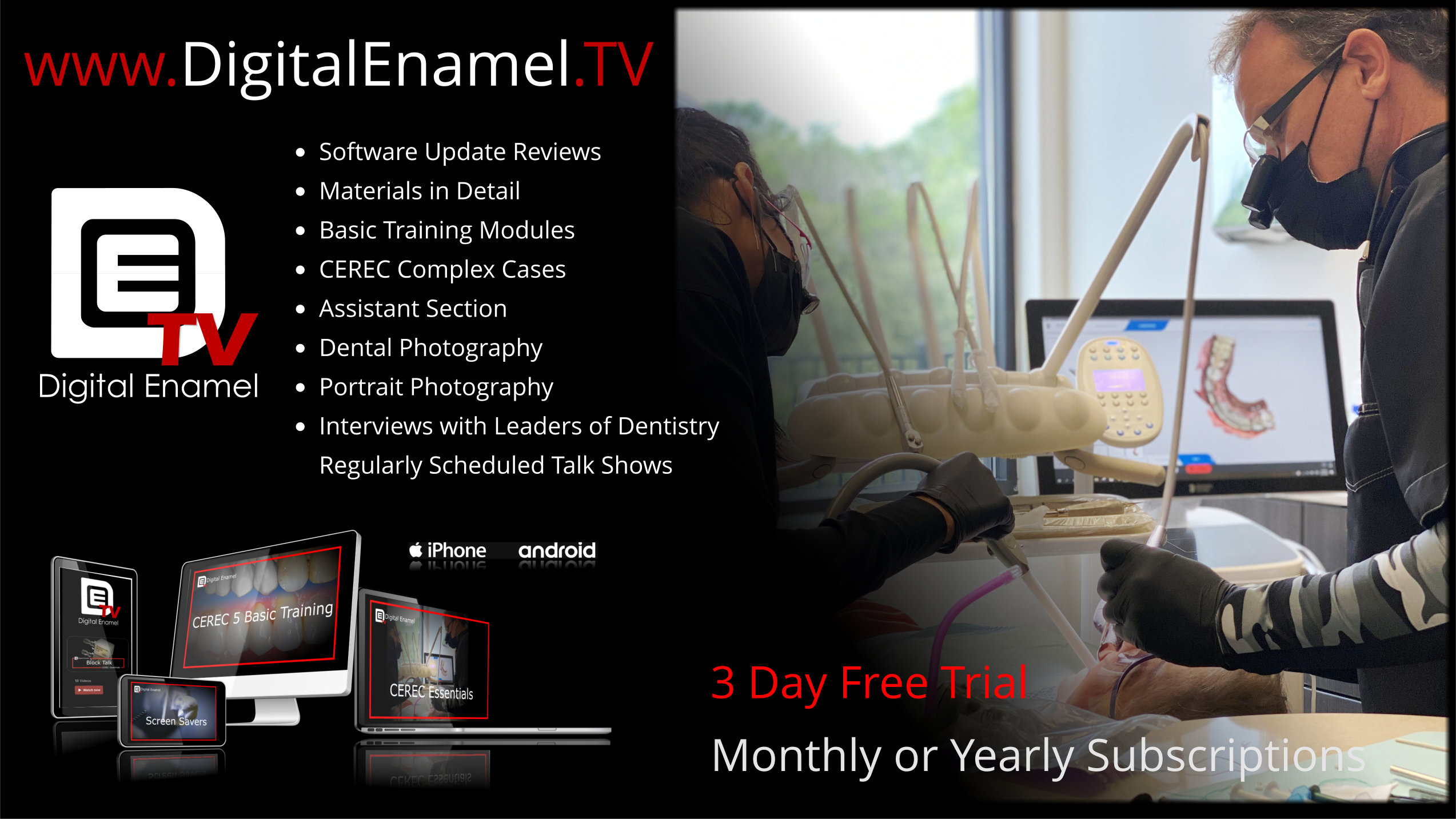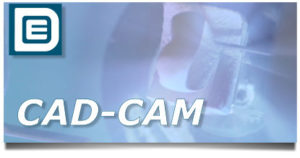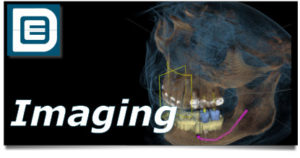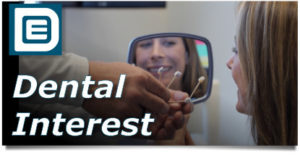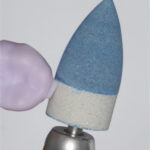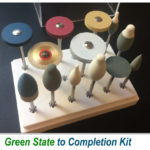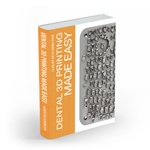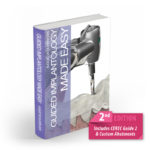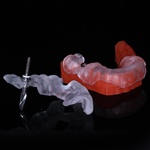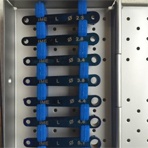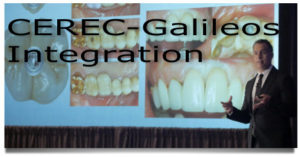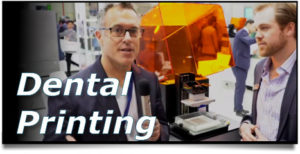Gold is not the best material for teeth. As a dentist, I can’t believe I’m saying this because I’ve heard the contrary my entire career.
A mother was teaching a daughter how to bake a roast. They cut the end of the roast off, put it in the pan, and into the oven. The inquisitive daughter asked, “Mom, why do we cut the end of the roast off?” The mother responded, “I’m not sure. Let’s call Grandma.” They called her and asked why they cut the end of the roast off. She replied, “Because that was the size of the pan back then!”
I think gold is great. It CAN last a very long time, but not ALL gold lasts forever. It can have recurrent caries just like any other material in dentistry. However, it is very difficult to determine recurrent caries under the gold for THREE main reasons:
1. It’s radio-opaque. Can’t see through it on x-rays. They bounce off! Might as well cover up that part of the x-ray!
2. It’s visually opaque. Can’t see nuances of color changes at margins because, well, it’s METAL!
3. We were taught that it lasts forever. We have it instilled into us because it is “the best material for teeth.” Well, maybe as Grandma would say, “It was the best material back then!”
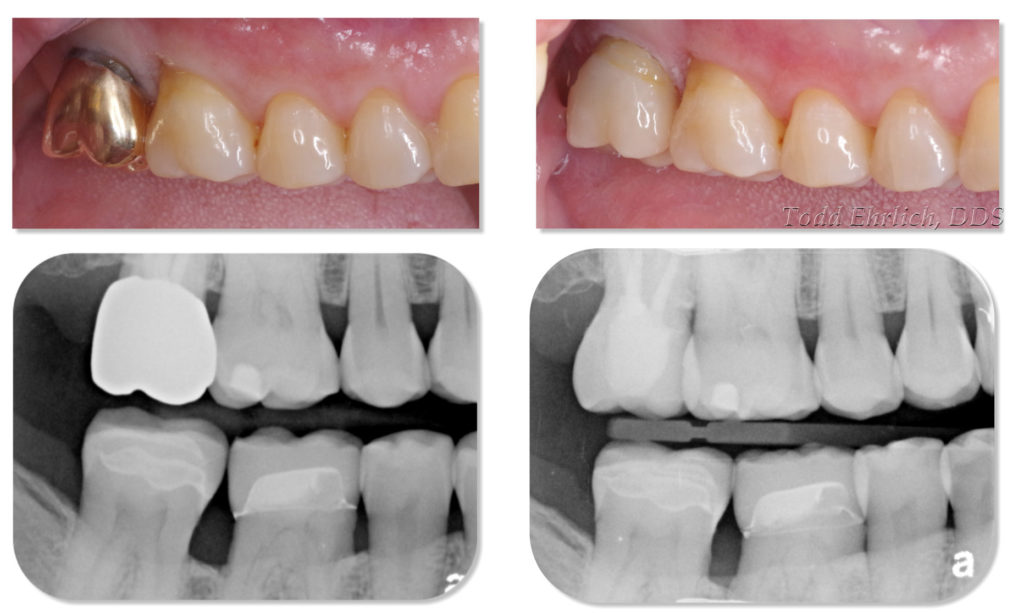
I realize that one post of a failed gold restoration that is turned into a (God forbid) cad/cam restoration will not influence many. Clinicians will have strong opinions about materials for as long as we have a plethora of materials and different experiences. My experience with gold for 20 years is that it is a good material. It can last, but when it doesn’t, it can be catastrophic: huge areas of recurrent caries with liquefied liner under crowns or onlays that had little to no clinical evidence of a problem.
With that said, I do NOT routinely just replace every gold restoration, or amalgam, that comes into our office. I just give them more attention, and follow up, for potential problems. (If you think I’m an amalgam-hater, scaring patients, etc., etc., you are sadly mistaken!) You see, I think as a profession, we LET gold last longer than it should sometimes, just like amalgam. They are both great restorative materials, and have saved countless teeth, but if you are only selecting one material because of tradition, aren’t you just cutting the end of the roast off?
This very nice lady has been a patient of mine for 20 years, and one of my first patients when I was an associate dentist in south Austin. She had the gold crown and RCT prior to seeing me. I’ve “watched” it all of these years mainly because of the three reasons I listed above. At her last recall, I finally got enough clinical evidence (in my opinion) to suggest we replace it. No rush. No emergency. She agreed, and when I removed the crown, it was just as I described above: extensive caries and nearly blackened tooth structure from the amalgam.
What if we decided to not change out the restoration? How long would it continue to last? Probably years, but what is the next chapter of that tooth’s life if we did choose to leave it as is? We’ve all had the clinical situation where the patient brings in their crown in a little baggy for us to “recement.” “I was ONLY eating bread when it came off!” When in actuality, the build up is mechanically locked into the crown, and the tooth has recurrent caries. At that point there are few options to restore except for a heroic restoration, or the extraction/implant. I’m not implying that leaving the gold crown alone is a bad choice. It could be a great choice, and the tooth isn’t perfect but it is functioning.
But, if I lived in a practice mindset to leave as much tooth structure as possible with partial coverage restorations, and hopefully AVOID dental implants in the future, would it not be appropriate to remove older restorations that have the earliest signs of a problem? Maybe even be proactive about it?
Take this case. By replacing the gold restoration, and replacing with a radiolucent material, wouldn’t it be easier to track and monitor for the next chapter of it’s functional time?
I do wonder if we would have been in this situation, if it weren’t for decisions to do the crown in the first place. But, that is another discussion in itself.
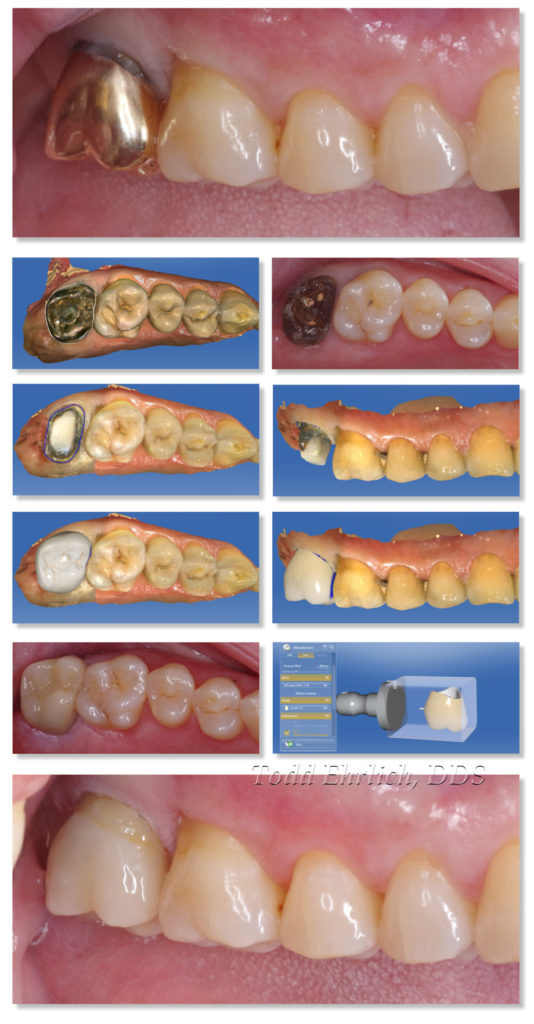
Digital imaging.
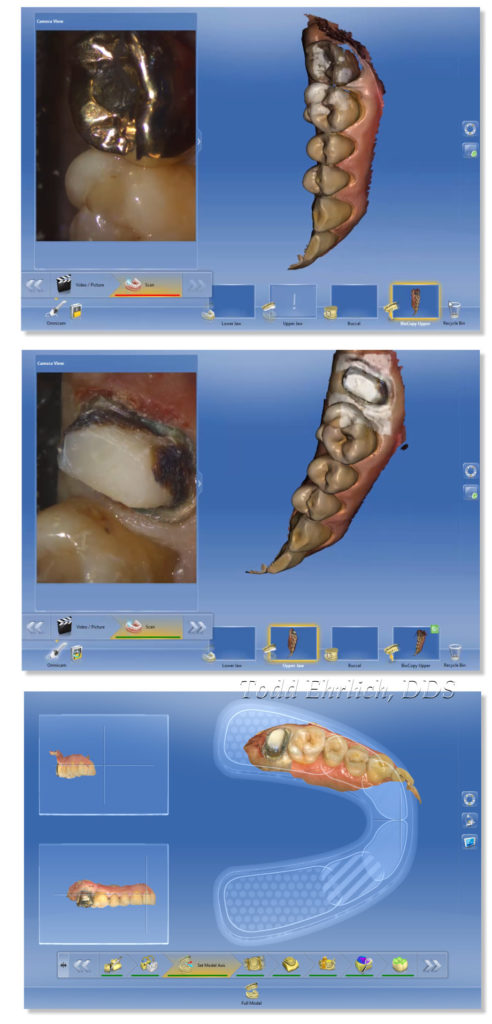
Our online education platform is awesome! Hundreds of videos that help your day-to-day use of CEREC! Works directly through your Apple or Android devices!
